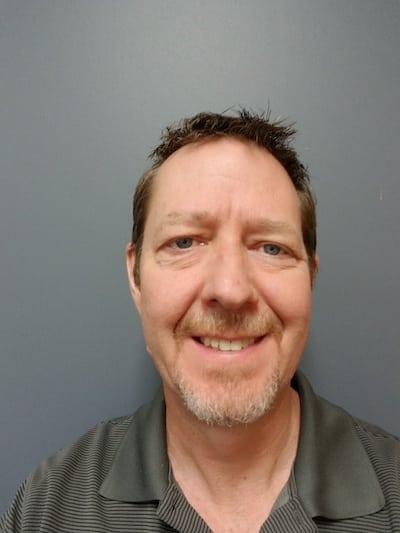
Dave Franson, senior principal avionics engineer, Performance Software Corp.
In an effort to highlight individual efforts of some of the hardest working avionics engineers in the industry, Avionics is introducing a new weekly feature, the “Avionics Engineer of the Week.” The recurring profile aims to analyze some of the behind-the-scenes work of avionics engineers to help make air travel safe.
Kicking off the feature is Dave Franson, a senior principal avionics engineer for Performance Software Corp. Franson has more than 20 years of experience designing and implementing real-time embedded control systems for DO-178B/C commercial avionics.
The software and engineering services firm is headquartered in Phoenix, Arizona, and has previously been selected as the Rockwell Collins supplier of the year. It describes itself as primarily providing three types of software and engineering services, including emergency, strategic and risk sharing. Performance Software has also been involved in providing services to some of the largest airframe manufacturers and avionics prime integrators in the world.
Franson is an Arizona State University graduate with a bachelor’s degree in computer systems engineering. He has expertise in the full development life cycle from system requirements to verification and validation. He also has experience in creating DO-178B/C planning documents for DAL A-D.
Can you provide some background on how you obtained your current position with Performance Software, and what are your primary responsibilities currently with the company?
I’ve worked in the aviation software industry for about 24 years, and 17 of those have been with Performance Software. During that time, I worked on many different products for many end customers as an engineer and project leader. My current position is engineering leader, and I am responsible for the overall program execution and customer interfacing of multiple projects.
What are some of the latest communications, navigation or surveillance avionics or overall aerospace technologies and capabilities you believe have the potential to change the way aircraft are operated?
One of the products our company has been developing is AMDBs (aerodrome map databases), which allows easier taxiing in bad weather or at an unfamiliar airport. This can reduce on-ground collisions and also eliminate some weather delays that aircraft experience by improving surface navigation.
Another area I believe will change the way aircraft are operated are touch screens, which should help to declutter the cockpit and provide a more user friendly interface.
Considering your experience in designing and implementing real-time embedded control systems for DO-178B/C commercial avionics, what do you see as the biggest challenges faced by engineers and companies looking to introduce new software functionality to new airframes, and what’s your advice in overcoming those challenges?
With the size and complexity of software continually growing, managing change during and after initial development to ensure the software fully functions properly is becoming very difficult and time consuming. In addition, standard tracing analysis to show regression testing often does not adequately capture the potential impacts of a change.
Also, it seems like time to market keeps shrinking and the functionality keeps growing. Time on target for prototyping, debugging and testing continues to be expensive and painful to share.
I’ve been involved with the virtual environment called performance virtual platform, which helps to address both of the above problems. This environment allows for prototyping and development of software even before the hardware is complete and allows for each developer to have his or her own virtual platform on a personal computer with better debugging capabilities than real hardware. For testing, it not only allows test developers to have their own platform, but also allows for continuously testing on one or more machines without tying up valuable hardware time.
Outside of your role with Performance Software, what interests or passions do you pursue in your spare time?
I’m always working on home-improvement projects, but I also spend time with my kids doing sports or scouting activities.